LED Traffic Lights Don't Melt Snow, Cause Danger
Red means stop, green means go... snow means...?
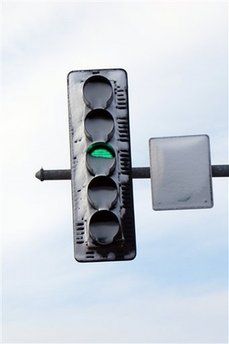
LED lights are an excellent lighting solution due to their longevity and power efficiency, but they may not be the best choice in all conditions.
Being from Canada, driving in the snow is just a fact of life. You have to adjust your driving habits accordingly to suit the road conditions. But one hazard the winter snow brings that city planners may not have foreseen is the build up of snow on traffic lights.
Normally, the excess heat generated by incandescent bulbs is enough to melt the snow off lights so that they remain visible even in freezing conditions. Traffic lights that employ LED lighting, while far more power efficient and reliable than older ones, aren't able to melt the snow that accumulates.
Snow blocking traffic signals is a significant problem as it has already led to dozens of accidents and at least one fatality.
Other than switching back to the old incandescent lighting, other proposed solutions include built-in heaters, weather shields, and a water repellent coating. Read more from the AP.
It seems that a method for traffic signalling as old as stop lights still have room for technological innovation. Just yesterday we brought you news of a designer who has fashioned a progress bar for stop lights, which tells drivers how much longer before the light turns.
Follow us on Twitter for more tech news and exclusive updates here.
Sign up to get the BEST of Tom's Guide direct to your inbox.
Get instant access to breaking news, the hottest reviews, great deals and helpful tips.
Marcus Yam is a technology evangelist for Intel Corporation, the latest in a long line of tech-focused roles spanning a more than 20-year career in the industry. As Executive Editor, News on Tom's Guide and Tom's Hardware, Marcus was responsible for shaping the sites' news output, and he also spent a period as Editor of Outdoors & Sports at Digital Trends.
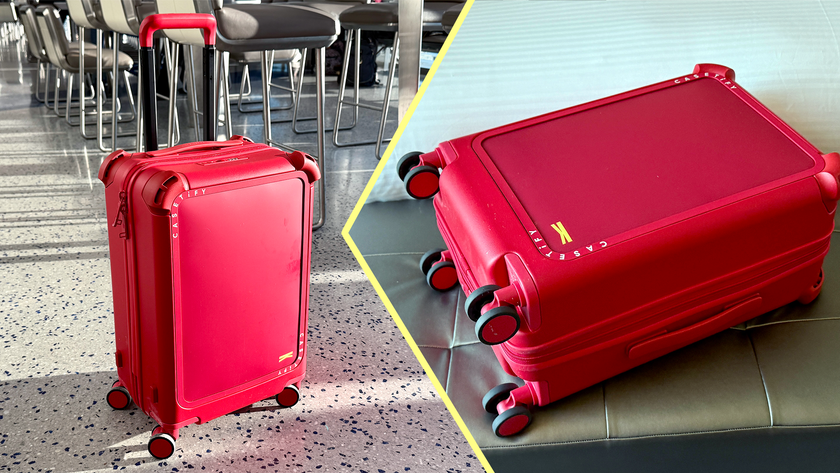
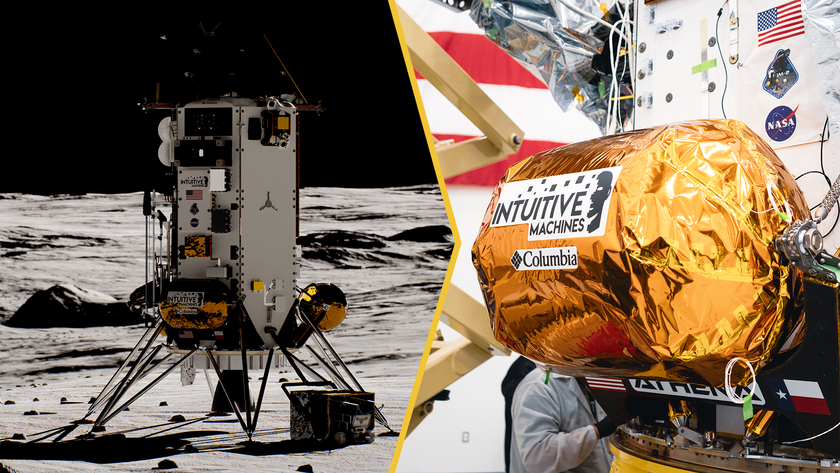
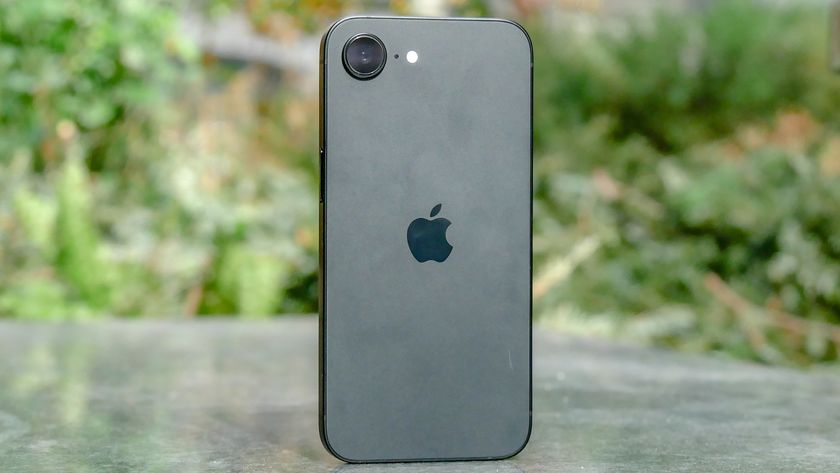








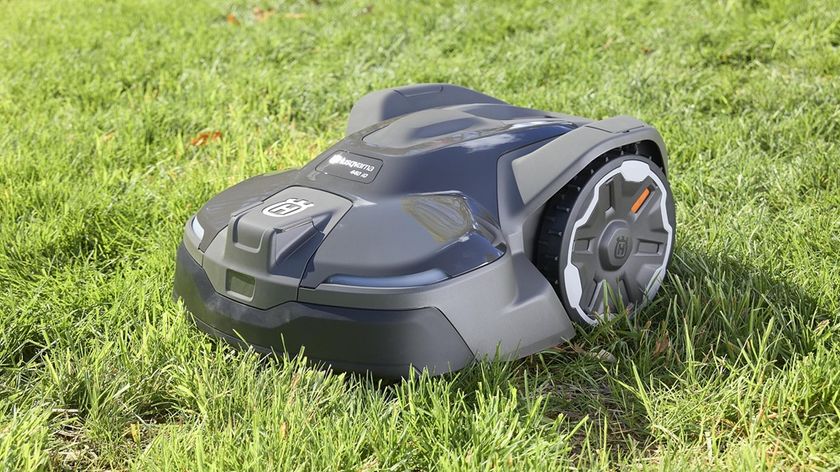
-
CoderDunn Sounds like they should have researched this a bit more before putting them to use ...Reply -
sliem "But one hazard the winter snow brings that city planners may not have foreseen is the build up of snow on traffic lights."Reply
They have not foreseen this? What are they 6 years old? or snow is new in 2009? the hell? -
Simple answer. Use the same tech that is in heated windshields and put a heated cover piece of glass over the front of each light. Cheap, simple and no moving parts to break = beautifulReply
-
omnimodis78 So basically in the 21st century, our engineers still don't anticipate such practical issues? Wasn't this product put through all-weather tests? Not to mention, as sliem pointed out, are today's engineers all about books and exams, and not about practical thinking and common sense? Talk about a lack of critical thinking, but I bet each and every person involved in that design project had "logical and analytical thinker" listed as a qualification on their resumes!Reply -
Get rid of the individual round glare shields on the lights and replace them with a single large rectangular glare shield, open at the bottom.Reply
This would solve the problem of snow building up and blocking the traffic lights and it would still prevent the glare from sun light. -
duzcizgi omnimodis78So basically in the 21st century, our engineers still don't anticipate such practical issues? Wasn't this product put through all-weather tests? Not to mention, as sliem pointed out, are today's engineers all about books and exams, and not about practical thinking and common sense? Talk about a lack of critical thinking, but I bet each and every person involved in that design project had "logical and analytical thinker" listed as a qualification on their resumes!Reply
For an engineer now, if they want to "invent" something, they hit the patent that was taken by someone, but not materialized. Well couple of times & they give up and do the least required thing where they get their paycheck.
There must be a timeframe that a patent drops if unmaterialized for some time, let's say 5 years after issued, so that the patent drops & people are free to think over it again. -
Judguh I could see this working in the south - generate no heat while requiring little electricity. Win-Win. But, that just goes to show ya the smarts of Canada :)Reply





